Introduction:
For dog lovers with allergies, finding a furry companion that won’t exacerbate their symptoms is a crucial consideration. While no dog is entirely hypoallergenic, certain breeds may be more likely to trigger allergic reactions due to factors such as shedding, dander, or coat type. In this blog post, we’ll explore eight dog breeds that may pose challenges for people with allergies, helping prospective pet owners make informed decisions about their choice of a canine companion.
Labrador Retriever: Labrador Retrievers are beloved for their friendly nature and intelligence, but their double coat can shed quite a bit. The shedding of dander and hair may contribute to allergies for some individuals.
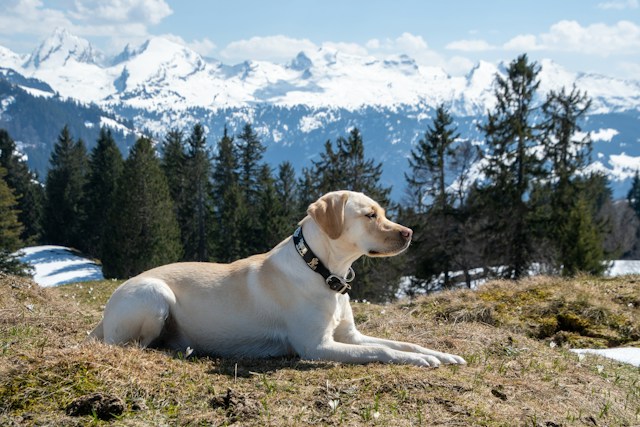
German Shepherd: Known for their loyalty and versatility, German Shepherds have a thick double coat that sheds consistently throughout the year. This shedding can release dander into the environment, potentially triggering allergic reactions.

Golden Retriever: Golden Retrievers are known for their gentle demeanor, but their dense, water-repellent coat sheds consistently. The combination of shedding and dander release may pose challenges for allergy sufferers.

Pomeranian: Despite their small size, Pomeranians have a thick double coat that sheds regularly. While their fluffy appearance is charming, it can contribute to the presence of allergens in the home.
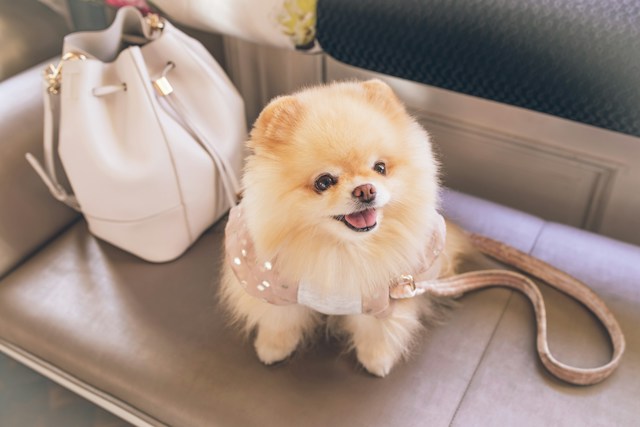
Dachshund: Dachshunds, with their distinctive long bodies and short legs, shed a moderate amount. Their shedding can release dander into the air, potentially causing discomfort for those with allergies.

Boxer: Boxers are energetic and playful, but their short coat sheds consistently. While they may be easier to groom, the shedding of hair and dander may impact individuals prone to allergies.
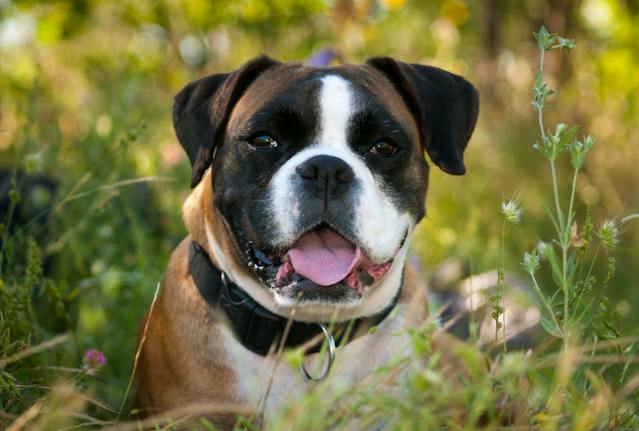
Basset Hound: Basset Hounds are known for their droopy ears and distinctive appearance. While their short coat requires minimal grooming, shedding can still occur, contributing to allergens in the environment.
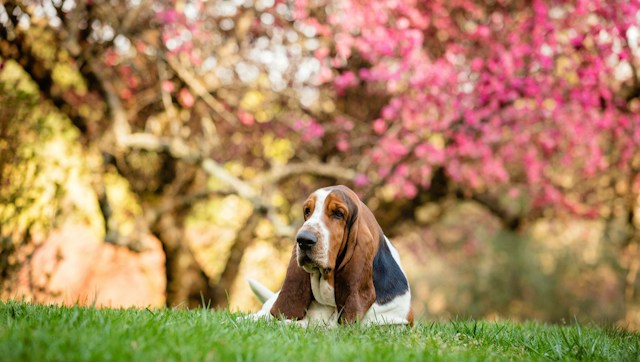
Shih Tzu: Despite their hypoallergenic reputation, Shih Tzus do shed, albeit minimally. Their long, flowing coat may still release some dander into the air, making them less suitable for individuals with severe allergies.
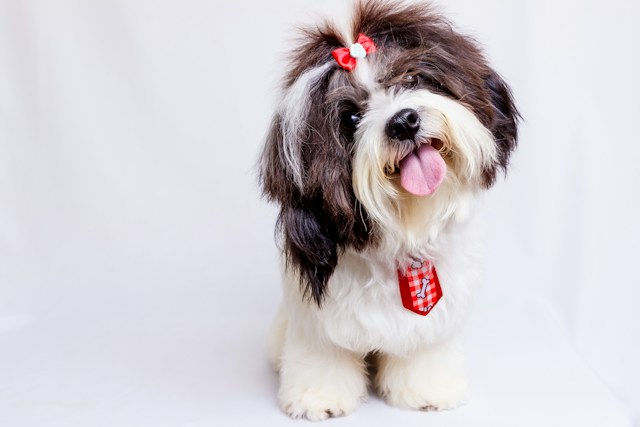
Conclusion:
While these breeds may be challenging for allergy sufferers, it’s essential to note that individual reactions can vary. Factors such as the specific protein in a dog’s saliva, urine, and dander can contribute to allergies. Additionally, regular grooming, proper hygiene practices, and creating an allergen-friendly living environment can help mitigate potential issues.
Before bringing a dog into your home, consider spending time with the specific breed to assess your individual reaction. Consulting with allergists and breeders, and exploring hypoallergenic breeds, can also aid in making an informed decision that aligns with your health and lifestyle. Ultimately, finding the right canine companion is a balance between love for dogs and understanding the unique needs of allergy-prone individuals.
